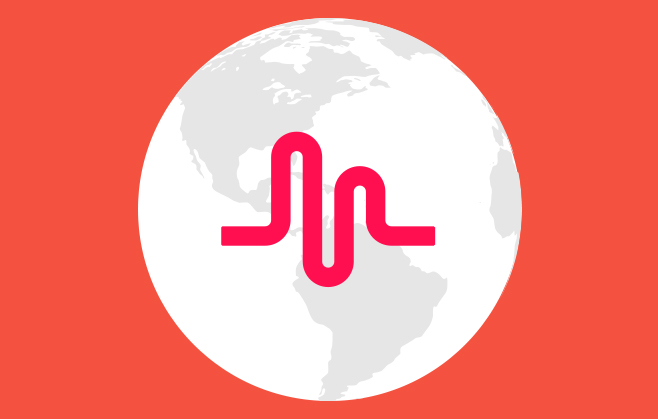
Musical.ly: A unique social sensation?
It’s the latest social app to hit the teen market, and has already taken the world by storm, boasting over 100 million users. So is Musical.ly here to stay, and how might businesses use it to reach their target audiences?
Established in Shanghai in 2014, Musical.ly allows users to create videos to which they can lip sync or dance to. The app supports many audio types, such as songs and movie clips, which the user can publish to his or her feed. Users are able to choose from lip syncing or dancing to a variety of different genres featured in the app’s online library, including classic songs, rap, dance, rock, comedy clips, and the latest hits. When creating posts, there are a variety of effects and editing options to choose from, including the ability to trim videos, and present them in fast or slow motion. Musical.ly’s feed is visually similar in style to Instagram, and here, users can also see posts from those they follow, as well as featured content from pop stars. The home feed also presents several tabs, including “Popular Now”, a “Leaderboard”, “Song chart”, a new “Live Moments” section, and trending hashtags underneath. Sharing posts to other platforms including Instagram, Facebook, Twitter, Messenger and WhatsApp is also supported, enabling a seamless experience.
As expected, Musical.ly has found momentous success with teen audiences, with the company revealing that the majority of its users are in the 13-20 year old age group. Interestingly, this is a very specific market, more so than seen on Instagram, Snapchat, or YouTube Kids, which is of course aimed at even younger audiences. While the app therefore arguably occupies an advantageous niche, Musical.ly’s intention is to broaden its reach. President Alex Hofmann states that his team actually see themselves “as a real social network, and as a network for different age groups.” Uniquely too, the app has found success in both the US and China- the likes of Instagram and Snapchat for instance, have not, due to Chinese restrictions on these platforms. Therefore, the company has the ability to reach a momentous number of users, and already engages its Chinese fans on a daily basis via WeChat too.
So how can like-minded brands leverage this unique platform? We’ve already seen Musical.ly establish partnerships with the likes of pop-star Ariana Grande, and in August, MTV collaborated with the platform for a Video Music Awards-related campaign. And back in June, ABC’s popular Good Morning America made use of the app’s hashtag-rich nature, using it in order to leverage their competition hashtag at the time, #GMACHALLENGE. This encouraged the app’s users to feature the hashtag in their posts for the chance to meet popular star, Demi Lovato. And as seen time and time again on the likes of Instagram, YouTube and Vine, a handful of the app’s early adopters have become stars in their own right. One such example is 15-year old Ariel Martin, known on the platform as “BabyAriel”, who boasts an incredible 14 million followers. This success has also enabled her to establish a flourishing following on YouTube and Instagram too, and her brand persona has seen her launch merchandise such as make up and phone accessories, and even tour the US for fan “meet and greets”. Therefore, we also see influencer partnerships being a lucrative move for brands. In addition, the app’s new “Live Moments” section will also be a good way for brands to create video clips that engage their followers in real time. Featuring a chat-scroll feature, brands and individuals alike are able to speak to commenters while the live-stream is in session.
Do you think the time was right for a music-based social app to come along? And how do you think particular brands can harness it for their campaigns? We’d love to hear your thoughts, so please tweet to us @PracticeDigital and share your comments on our Facebook page.




